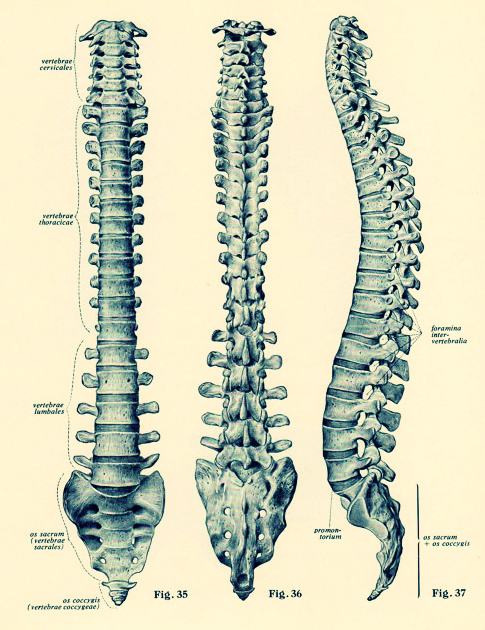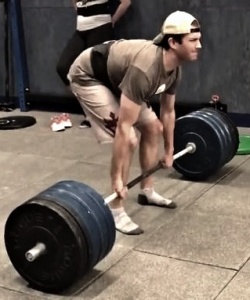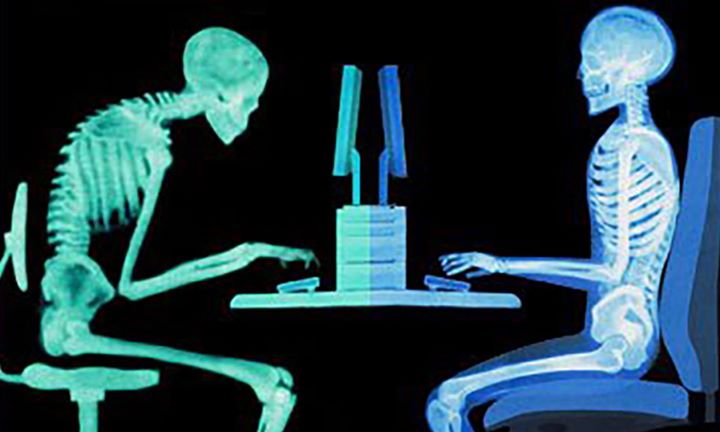Many of us are well versed on the R.I.C.E acronym (Rest, Ice, Compression, Elevation). Which eventually was upgraded to P.R.I.C.E (P = Protect). Over the last few decades the advice on the management of acute injuries has rarely been contested. However, with growing research there has been a change in the way clinicians deliver advice on acute injuries to patients. With more recent research there is a new acronym called P.O.L.I.C.E. Standing for Protect Optimal Loading Ice Compression Elevation.

What’s changed?
The term REST can be completely misinterpreted. While it’s important to have a balance of rest AND loading. Too much rest can lead to
deconditioning of tissues, stiffness and weakness. By OPTIMALLY LOADING tissue it provides the right levels of stress to encourage tissue healing, while assisting with the drainage of swelling.
What is the right amount of load?
Firstly, you must listen to the pain and not try to push through it. But if in doubt seek advice from a health professional, whether it be a Dr or Physio. Assessing the injury will help clear any serious problems, like fractures or ruptures. After having the serious issues cleared, you can be guided on the appropriate movements or weight bearing exercises to perform.
If in doubt seek advice from a Health professional
Additionally, to help provide the right loading you may require a moon boot, crutches, brace or strapping for support. Before being gradually weaned off.
Ice
I’ve previously questioned the value of applying ice for reducing swelling. There is growing evidence that shows that we need some swelling to aid in the healing process and by using ice to minimise swelling, we could be slowing down the rate of tissue healing.
But using the ice instead to reduce pain, by limiting nerve conduction and lowering tissue temperature. This can be effective within 5-10 minutes of application. Doing this every hour will bring pain levels down allowing you to move or load the tissue as tolerated.
Side note: Make sure you regularly check tissue quality while icing to avoid frost bite.
Compression and Elevation
These two are the least controversial in their benefit of recovery from acute injuries. Having compression helps maintain swelling to a manageable level and the area can still move normally. Making sure the compression is tight but not causing pain or numbness. You can use crape bandaging or a tubigrip.
Elevation, particularly for the lower limb helps again at minimising excessive swelling. While elevated it helps to be gently moving the
area, which also assists with tissue healing and swelling.
Anytime you’re dealing with a new injury it’s important follow the most up to date advice to help you recover as quickly and safely as possible. By seeking physio, we can offer you that guidance and support as you progress. At Fundamental Physio Newmarket, you’ll be thoroughly assessed to identify the extent of your injury, then put on the right treatment plan to help you return to normal activity.
Bleakley et al 2012 PRICE needs updating, should we call the POLICE? Br J Sports Med
Algafly et al. 2007. The effect of cryotherapy on nerve conduction velocity, pain threshold and pain tolerance. Br J Sports Med
Malanga et al 2015. Mechanisms and efficacy of heat and cold therapies for musculoskeletal injury. Postgrad Med












 Injury or pre-existing weakness can cause a guarding response from the nervous system.
Injury or pre-existing weakness can cause a guarding response from the nervous system.




















